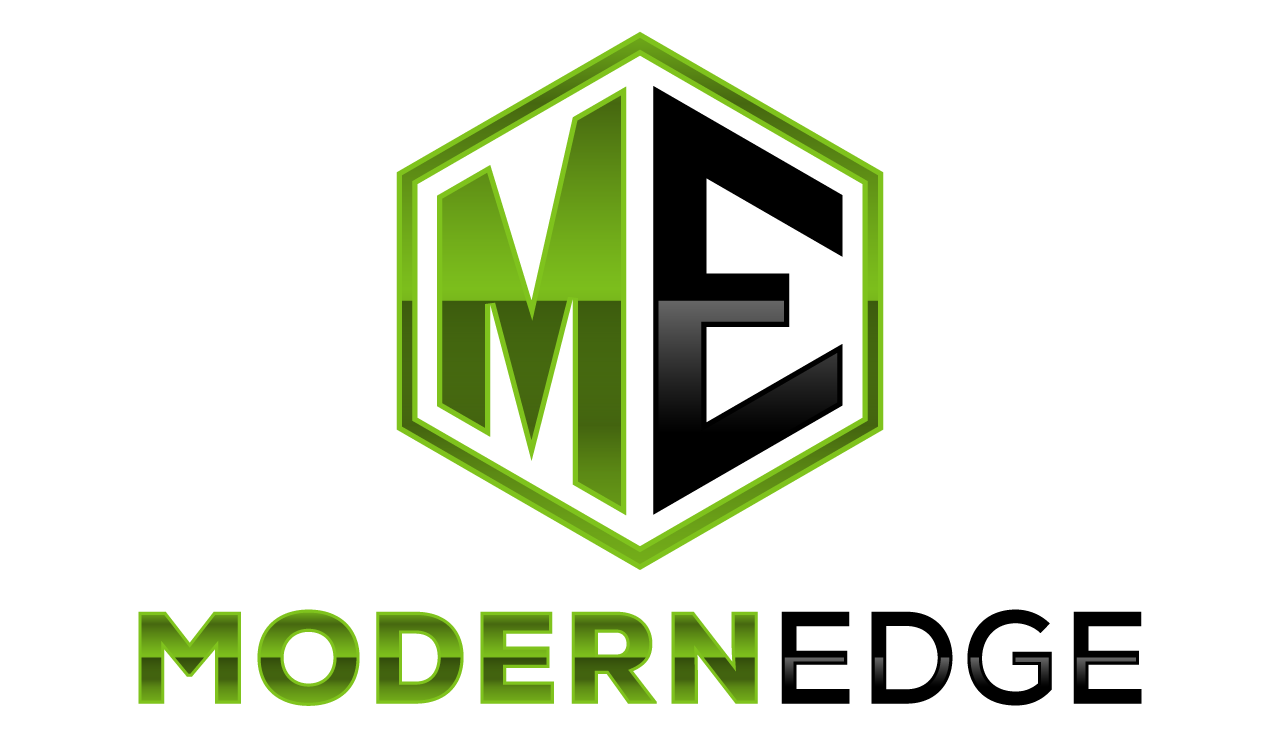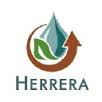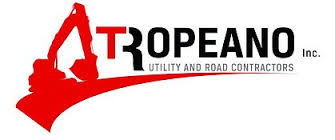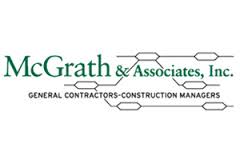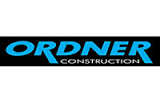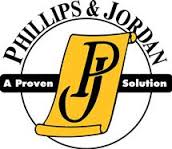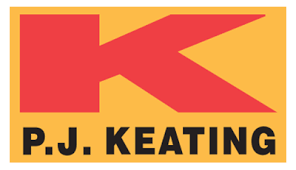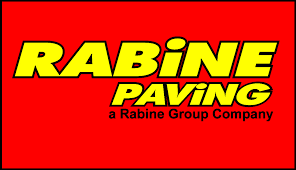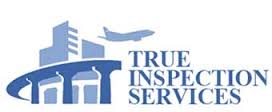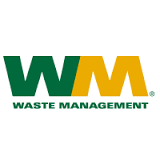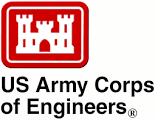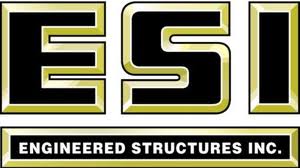South Dakota State Overview
When the state of South Dakota and the South Dakota Department of Environement and Natural Resources (SDDNER) were granted delegated authority by the EPA to administer their own National Pollutant Discharge Elimination System (NPDES) Permitting Program for wastewater and stormwater discharges associated with construction activity, industrial activity as well as Municipal Separate Storm Sewer System (MS4) activity. Because the EPA and The Clean Water Act required a program for addressing the pollution caused by stormater discharges, South Dakota instituted a general permitting system to provide a process for project owners and operators to attain permit coverage allowing the discharge of stormwater and wastewater into South Dakota surface waters.
If an owner or operator of a construction site will be engaging in land disturbing activity (clearing, grading, excavation, road building, construction of residential and commercial buildings, installing pipelines, cable lines, phone lines as well as any demolition activities) which will disrupt one (1) or more acres of land, or if the project disturbs less than one (1) acre but is part of a larger plan of development or sale, he/she is required to attain coverage under a general permit to discharge stormwater from the project site.
As per the South Dakota Department of Environment and Natural Resources (SDDNER), a project site owner or operator must apply for and be granted coverage under the General Permit for Stormwater Discharges Associated with Construction Activities General Permit before commencing any construction (land disturbing) activities. To obtain coverage an owner or operator of a project site must submit a complete Notice of Intent (NOI) to the South Dakota DENR along with a developed Storm Water Pollution Prevention Plan (SWPPP).
The SWPPP is required to be designed to address two main components of stormwater management: (1) pollution cause by soil erosion and sedimentation during and after construction; and (2) stormwater pollution caused by the use of the site after construction is completed, including, but not limited to parking lots, roadways, impervious surfaces and the maintenance of grassed areas.
When the state of South Dakota and the South Dakota Department of Environement and Natural Resources (SDDNER) were granted delegated authority by the EPA to administer their own National Pollutant Discharge Elimination System (NPDES) Permitting Program for wastewater and stormwater discharges associated with construction activity, industrial activity as well as Municipal Separate Storm Sewer System (MS4) activity. Because the EPA and The Clean Water Act required a program for addressing the pollution caused by stormater discharges, South Dakota instituted a general permitting system to provide a process for project owners and operators to attain permit coverage allowing the discharge of stormwater and wastewater into South Dakota surface waters.
